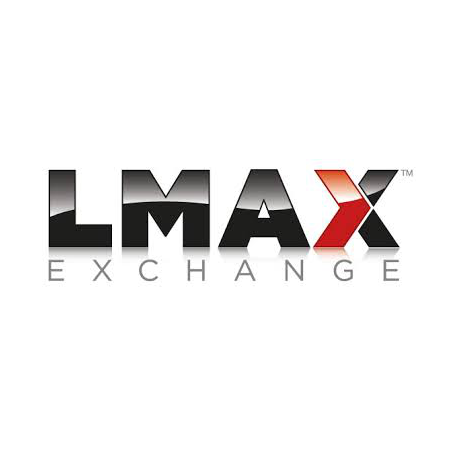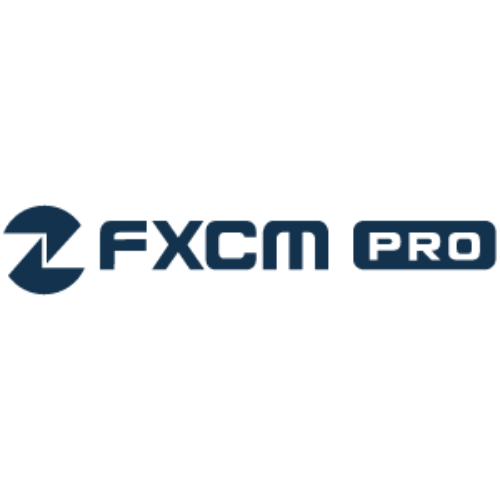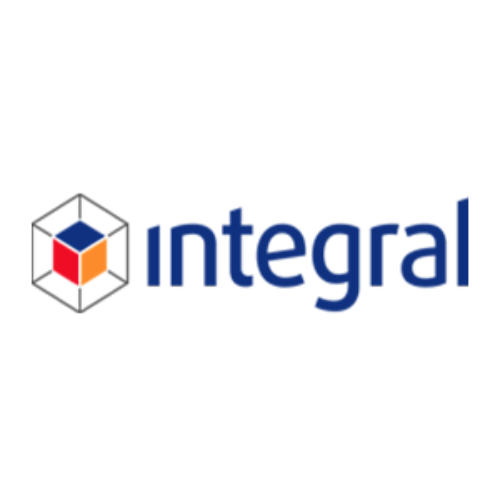Advanced Markets is a leading provider of prime-of-prime liquidity, offering credit and technology solutions to brokers and asset managers worldwide. The company's range of products supports direct market access (STP) trading in a variety of financial instruments, including Spot FX, metals, energy, and CFDs.
Ausprime provides brokers, hedge funds, and other clients with prime of liquidity services. The company acts as a B2B prime broker that fits the financial regulatory framework of different regions through the MiFID II and CySEC licenses.
LMAX Exchange provides a high-grade market structure and efficient execution to different stakeholders: trading firms, brokerages, funds, banks,etc. The company acts as an FCA-regulated multilateral trading facility and operates with various trading instruments, including FX, metals, commodities, and indices.
Swissquote is a Switzerland-based bank that provides brokerages with access to various assets and a stream pricing of 17 Tier 1 bank and non-bank liquidity providers. The company has offices in Zürich, Bern, London, Luxembourg, Malta, Bucharest, Dubai, Singapore, and Hong Kong.
IS Prime FX provides brokers with flexible pricing sourced from robust liquidity across more than 100 forex pairs and access to other trading instruments, including indices and commodities. The company is geographically dispersed across Europe, Asia, and the US to provide global coverage during local market hours.
Tel-Aviv Stock Exchange operates with institutional stakeholders, providing clients access to multiple asset pricing and execution across Tier 1 aggregated liquidity venues.
IG is a London-founded prime broker that provides access to more than 17,000 securities, including indices, commodities, forex, etc. IG now is a leading retail CFD provider that offers both DMA and OTC access to thousands of instruments, with leveraged or unleveraged share trading.
FXCM Pro is a prime brokerage offering liquidity and execution to market stakeholders like retail brokers, hedge funds, and emerging market banks. FXCM Pro is a part of FXCM Group – a leading provider of forex, CFD, metals, equities, and cryptocurrency trading.
Finalto is a liquidity aggregator offering a complete package including the best possible liquidity services through its extensive selection of Tier 1 banks, ECNs, and non-bank liquidity pools.
Saxo Group is a bank that provides liquidity services to manage risks and operate across multiple financial instruments. The bank is headquartered in Copenhagen and has offices in key financial centers, including Denmark, the UK, Amsterdam, Singapore, Australia, Hong Kong, and Switzerland.
EXANTE is an international investment services company established in 2011 that offers global multi-asset financial services, including direct access to a wide range of financial markets in the US, European Union, and Asia-Pacific.
Broctagon NEXUS is a liquidity aggregator that interacts with the industry’s biggest stakeholders with the highest crypto-trading volumes and operates with more than 20 prime exchanges.
ADS Securities is a prime broker offering their clients liquidity solutions through an extensive selection of a variety of Tier 1, Tier 2 bank, and non-bank market makers.
GMI UK is a liquidity aggregator that provides brokers, hedge funds, and Pro traders with STP execution and liquidity for forex and CFD products.
CMC Markets is a liquidity aggregator that offers brokers to expand their portfolio with more than 10,000 trading symbols, including currency pairs, metals, indices, energy, commodities, and cryptocurrencies.
Scope Markets provides brokers with liquidity from market-leading Tier 1 and Tier 2 banks, global liquidity providers, and ECN venues.
FlowBank is an online bank offering brokers access to more than 50,000 trading instruments, including stocks, ETFs, bonds, futures, options, CFDs, and crypto-asset products.
IntegralFX is a liquidity provider offering brokers access to multiple securities, including forex, metals, energy, CFDs, etc. The provider is fully integrated with OCX, the Open Currency Exchange.
Match-Prime MTG is a liquidity provider regulated by the Cyprus Securities and Exchanges Commission (CySEC) and offers liquidity access to more than 2,000 trading instruments and 9 asset classes on a single account.
Alpaca Broker API operates with crypto & stocks, providing brokers with modern architecture and support for real-time events.
dxFeed is a market data provider that enables brokers to access feeds for different financial instruments, including equities, ETFs, futures, options, indices, forex, and crypto.
ICE Data Services is a market data provider offering brokers data on 2.8 million fixed-income securities and reference data on more than 35 million financial instruments.
Leverate is an aggregator, providing brokers liquidity from top financial institutions and multiple securities, including forex, CFD, Crypto, and more.
Morningstar is a market data provider that covers more than 5’000’000 financial instruments, including stocks, mutual funds, ETFs, closed-end funds, forex, options, fixed-income, indexes, and other security types.
Onezero is a liquidity aggregator that provides brokers access to multi-asset class liquidity from global liquidity providers and venues. The company is headquartered in Boston and runs development and operations centers in Asia, Australia, Europe, North America, and the United Kingdom.
Panda Trading Systems is a trading platform offering brokers access to the stream market. The company runs offices in Israel and Cyprus.
Poloniex is a crypto exchange providing brokers with access to more than 500 spot trading pairs, futures as well as leveraged tokens.
PrimeXM provides brokers with cutting-edge aggregation software and operates with Tier 1 banks, ECNs, and Exchanges. The company was established in 2010, with offices in Dubai, Limassol, and Shanghai.
Protrader is a trading platform providing brokers with direct access to the stream market data. The company currently serves different markets from the USA, Canada, Australia, Japan, India, New Zealand, China, Turkey, Russia, Great Britain, Poland, and South Africa.
XTRD is an orders and execution management system (OEMS) for digital asset trading, providing institutional stakeholders with low-latency and high-throughput execution.






























